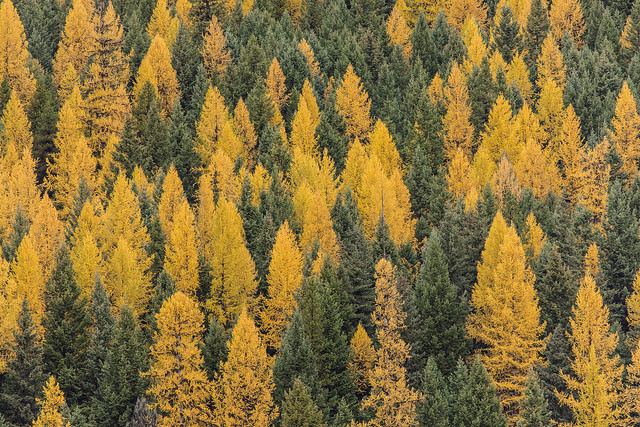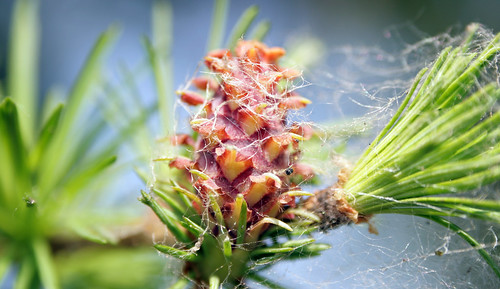
Common Larch – Root and Branch Review

Larch trees are common in forestry plantations and high ground in the UK. Larch are fast growing and loose there leaves in winter. The wood from Common Larch trees is still used for a range of purposes.
Key Features of the Common Larch
- Latin name – Larix decidua other common names European Larch
- Height – up to 120 feet
- Type of tree – Deciduous Conifer
- Leaves – flat soft needles growing in whorls on side shoots and stems
- Flowers – male yellow, female pink catkins
- Fruit – oval brown cones with straight scales and visible bracts
- Bark – Grey, smooth when young fissuring with age
- Family – Pinaceae
Origins and Distribution of the Common Larch
- Indigenous to hilly regions of Europe.
- Now widely planted in north America.
Uses and Attributes of the Larch
- Rot resistant timber and fast growing plantation tree.
- Railway sleepers, fencing, gates and mine props.
- Supplies turpentine by tapping fully grown trees
Gardeners Tips for Larch
- Used in gardens as an ornamental decidious conifer..
- Leaves/needles are bright green in spring and yellow in autumn.
- Larch will not grow well in shade.
Other types of Larch
- There are about 10 agree species of Larch including, Russian/Siberian Larch, Japanese and Chinese Larch.
- Tamarack Larch or American Larch and several other varieties are now grown in N Amercia.
Larch comments from elsewhere
- ‘In 1885 the Duke of Atholl planted eleven Japanese Larch together and then one with two European Larch nearby. This was near Dunkeld House on his estate. Seed was collected and planted and in 1904 it was noticed that young plants were exceptionally vigorous with paler shoots. The Hybrid Larch is a conifer which first grew in Scotland when two different parent trees, the Japanese Larch and the European Larch, were crossed. The resulting hybrid is a natural tree of the mountains with a straight, tapering conical trunk. Long lower branches spread with a downward tendency with the tips turning up again.’ The Forestry Commission.
Read about our series on British tree reviews with a bakers dozen fact sheets
Credits
GlacierNPSÂ Larch Trees at Bowman
Larch #1 by radziu CC BY-NC-ND 2.0
Larch timber stack by The Heartwood CC BY-NC-SA 2.0


One thought on “Common Larch – Root and Branch Review”
Comments are closed.